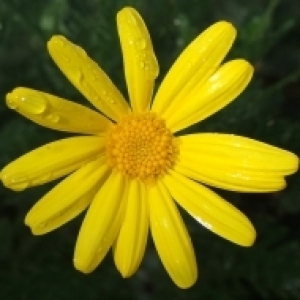Thirsty Anyone?
Spiders produce silken thread using several paired spinneret glands located at the tip of their abdomen. Each gland produces a thread for a special purpose ? for example a trailed safety line, sticky silk for trapping prey or fine silk for wrapping it. Seven different gland types have currently been identified, although any particular species of spider possesses only some of these types.
Webs allow a spider to catch prey without having to expend energy by running it down. Thus it is an efficient method of gathering food. However, constructing the web is in itself an energetically costly process due to the large amount of protein required, in the form of silk. In addition, after a time the silk will lose its stickiness and thus become inefficient at capturing prey. It is not uncommon for spiders to eat their own web daily to recoup some of the energy used in spinning. The silk proteins are thus recycled.
The tensile strength of spider silk is greater than the same weight of steel and has much greater elasticity. Its microstructure is under investigation for potential applications in industry, including bullet-proof vests and artificial tendons.
--------------------------------------------
My kids had the day off of school today. It was a weird sunny and then rainy day, fluctuating temperatures and levels of humidity followed suit. Saw this web and thought how cool its strength was for holding all this water.
- 1
- 0
- Fujifilm FinePix S8100fd
- 1/8
- f/2.8
- 5mm
- 800

Comments
Sign in or get an account to comment.


